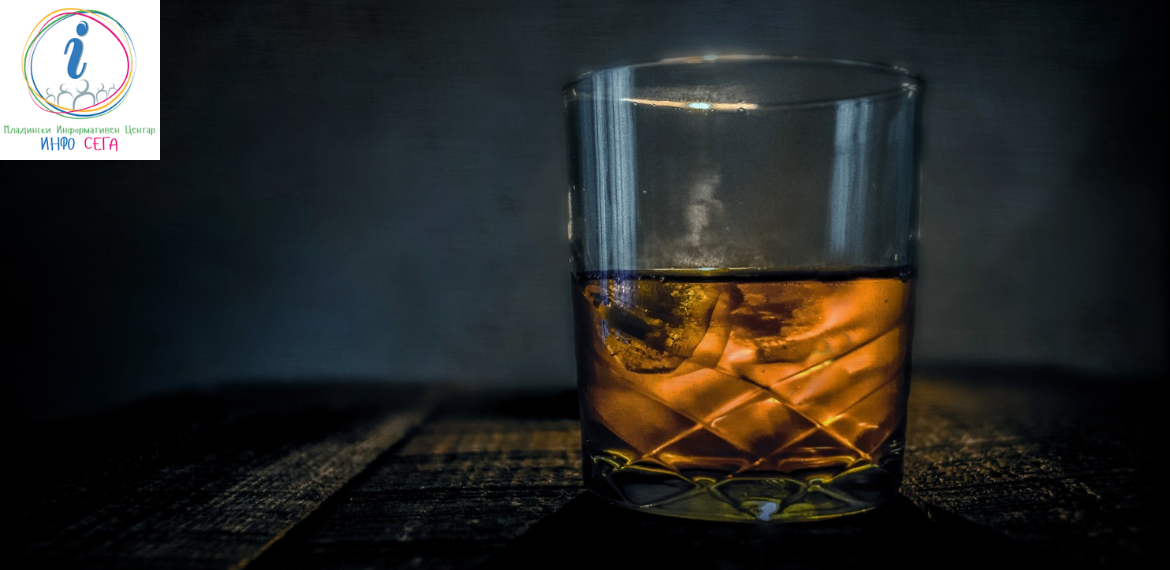
The secret of cognac
After a long period in France in my beautiful region called « les Charentes » I would like to present to Macedonian people the treasure of my home city, and one of the most famous is without doubts: Cognac.
Many countries produced a kind of brandy they called Cognac and we can find it also in Macedonia but why the French Cognac is so famous and its taste is so appreciated all over the word?
To understand the secret of the French Cognac, we have to know the origins of this beverage and its production process.
The origin of Cognac dates back to the 16th century when Dutch settlers came to this French region to purchase salt, wood, and wine. However, the journey back home made preserving the wine difficult and they needed to find a better way to conserve it. They started by distilling the wine into eau-de-vie, which was a good solution for preservation, but eventually they realized a second distillation made for an even finer, more elegant and pleasant product. This is essentially the birth of brandy. In fact, the word “brandy” comes from the Dutch word “brandewijn” which means burnt wine.
Brandy is made all over the world, but only brandy made in the Cognac region of France, and under the strictest guidelines, can be called “Cognac.”Cognac is named after the town of Cognac in France. It is produced in the wine-growing region surrounding the town from which it takes its name, in the French Departments of Charente and Charente-Maritime. For a brandy to bear the name Cognac, an “Appellation d'origine controlée”, its production methods must meet certain legal requirements.
Several things are really important to do Cognac, first of all, it has to be produced in specific zones with specific soils.The region authorised to produce cognac is divided into six zones, including five crus broadly covering the department of Charente-Maritime, a large part of the department of Charente and a few areas in Deux-Sèvres and the Dordogne. The six zones are: Grande Champagne, Petite Champagne, Borderies, Fins Bois, Bon Bois and Bois Ordinaire. A blend of Grande and Petite Champagne Cognacs, with at least half coming from Grande Champagne, is known as Fine Champagne. The best quality of Cognac is find in “Grande Champagne”. Cognac-producing regions should not be confused with the northeaster region of Champagne, a wine region that produces sparkling wine by that name, although they do share a common etymology both being derivations of a French term for chalky soil.
Secondly, to produce Cognac, the grapes are also very important. The white wine used in making cognac is very dry, acidic and thin. Though it has been characterized as "virtually undrinkable", but it is excellent for distillation and aging. It may be made only from a strict list of grape varieties. In order for it to be considered a true crus, the wine must be at least 90% “Ugni Blanc”, “Folle Blanche” and “Colombard”.
Finally, the processes of fermentation, distillation, aging and blending are the real secrets of Cognac, they are based on a huge and traditional know-how. After the grapes are pressed, the juice is left to ferment for two or three weeks, with the region's native, wild yeasts converting the sugar into alcohol, neither sugar nor sulfur may be added. At this point, the resulting wine is about 7% to 8% alcohol.
Distillation takes place in traditionally shaped “Charentais” copper stills, also known as an alembic, the design and dimensions of which are also legally controlled. Two distillations must be carried out. the resulting eau-de-vie is a colourless spirit of about 70% alcohol.
Once distillation is complete, it must be aged in Limousin oak casks for at least two years before it can be sold to the public. It is typically put into casks at an alcohol by volume strength of about 70%. As the cognac interacts with the oak barrel and the air, it evaporates at the rate of about three per cent each year, slowly losing both alcohol and water. Because the alcohol dissipates faster than the water, the alcohol concentration drops to about 40% over time. The cognac is then transferred to large glass carboys called bonbonnes, then stored for future blending. Since oak barrels stop contributing to flavor after four or five decades, longer aging periods may not be beneficial.
The age of the cognac is calculated as that of the youngest component used in the blend. The blend is usually of different ages and (in the case of the larger and more commercial producers) from different local areas. This blending, or marriage, of different “eaux-de-vie” is important to obtain a complexity of flavours absent from an eau-de-vie from a single distillery or vineyard. Each cognac house has a master taster (maître de chai), who is responsible for blending the spirits, so that cognac produced by a company will have a consistent house style and quality. In this respect it is similar to the process of blending whisky or non-vintage Champagne to achieve a consistent brand flavor.
Cognac can have different quality grades, according to the interprofessional French institution, the official quality grades of cognac are the following:
- V.S. ("very special") or ✯✯✯ (three stars) designates a blend in which the youngest brandy has been stored for at least two years in cask.
- V.S.O.P. ("very superior old pale") or Reserve designates a blend in which the youngest brandy is stored for at least four years in a cask.
- XO ("extra old") or Napoléon designates a blend in which the youngest brandy is stored for at least six years. In 2016, the minimum storage age of the youngest brandy used in an XO blend will be set to ten years.
- Hors d'âge ("beyond age") is a designation which BNIC states is equal to XO, but in practice the term is used by producers to market a high-quality product beyond the official age scale.
The names of the grades are in English because the historical cognac trade, particularly in the 18th century, significantly involved the British. The price of the bottle is more and more expensive according to the quality grades.
There are close to 200 cognac producers, but a large percentage of cognac, more than 90% for the US market, according to one 2008 estimate comes from only four producers: Courvoisier (owned by Beam Suntory), Hennessy (owned by LVMH), Martell (owned by Pernod Ricard), and Rémy Martin (owned by Rémy Cointreau), these cognac houses are the most famous in the world, for their best quality and luxurious products. Other brands include:
Bache-Gabrielsen/Dupuy, Braastad, Camus, La Fontaine de La Pouyade, Chateau Fontpinot, Delamain, Pierre Ferrand, Frapin, Hine, Marcel Ragnaud, Moyet, Otard, Meukow, Cognac Croizet and Three Barrels. They each have their own stories and claims to fame, their values, and traditions.Here is the prestigious Cognac Louis XIII produced by Remy Martin.
If you go to visit France don’t forget to have a tasting session of Cognac, you will enjoy a lot for sure.
Ameline Berthonnaud

